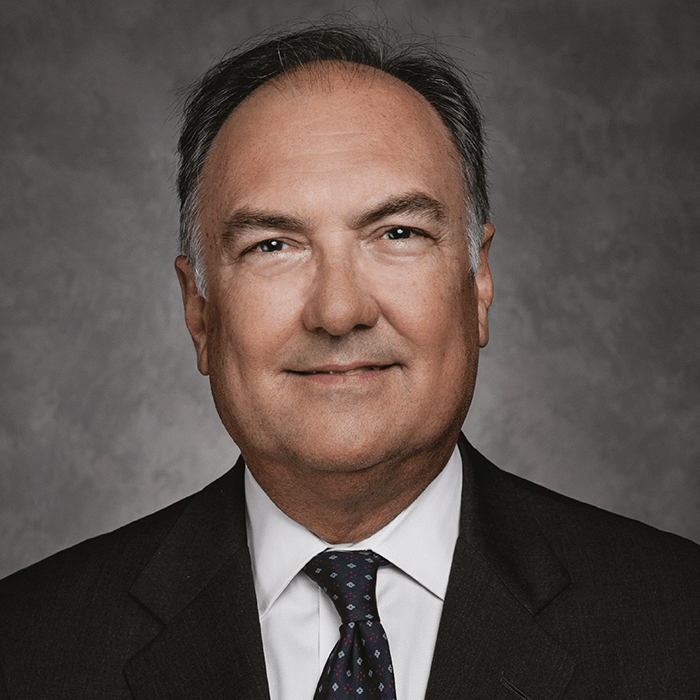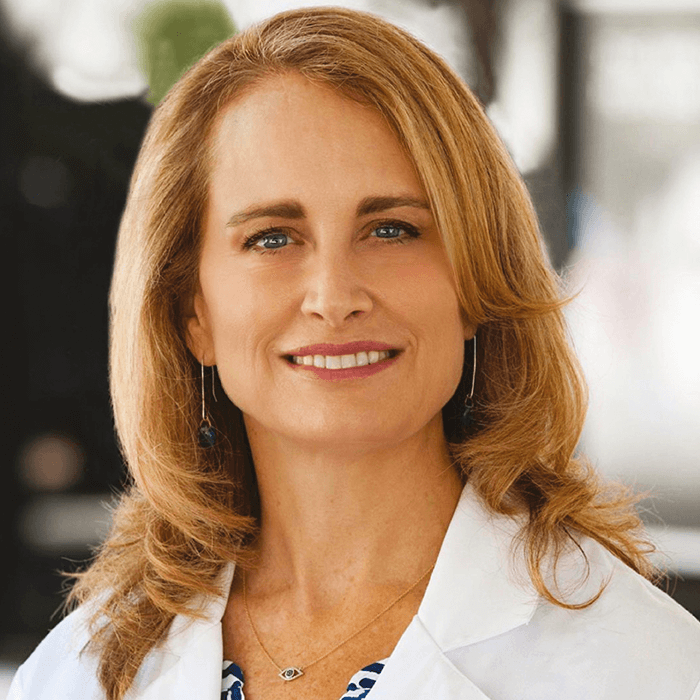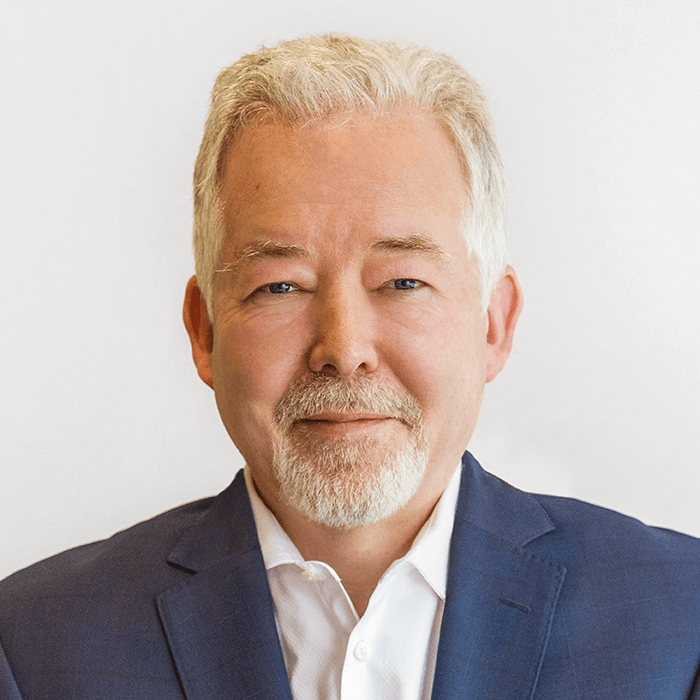
Director of Cornea, Cincinnati Eye Institute, Professor of Ophthalmology, University of Cincinnati, Cincinnati, Ohio, USA
Bascom Palmer’s multidisciplinary research program has grown through the decades and covers a broad spectrum – from the most basic investigations into the nature of molecules, cells, and tissues, to the development of devices for new clinical applications, including telehealth, artificial intelligence, and computer-augmented vision.
Mohamed Abou Shousha and his team of physicians, scientists, and engineers at Bascom Palmer’s Artificial Intelligence and Computer Augmented Vision Laboratory are leading the way in transforming vision diagnostics and personalized vision correction. The lab aims to provide physicians and patients with access to smarter, more accurate, and more portable technology to diagnose and treat visual field loss, double vision, and other disorders. Using their new wearable, cloud-connected AI technology, patients can quickly and easily take vision tests and have the results transmitted to their physicians for evaluation and diagnosis. In clinical studies, the wearable devices enhanced vision and helped improve mobility in over three-quarters of enrolled patients.
Guillermo Amescua, medical director of Bascom Palmer’s ocular surface program, and his team of researchers are conducting important research in ocular surface disorders, including a wide range of personalized treatments to preserve and restore vision. The team has developed special medications, biological therapies, and photodynamic treatments alongside gaining a better understanding of this important, but often neglected aspect of vision care.
Under the direction of Daniel Pelaez, scientific director of Bascom Palmer’s Dr. Nasser Ibrahim Al-Rashid Orbital Vision Research Center, researchers have developed a 3D human retinal organoid platform that has the potential to recapitulate the biological nuances of retinoblastoma using stem cell biology, 3D culture techniques, tissue engineering, gene editing, and genetic analysis. Studying early-stage tumors, including the premalignant phase, would shed light on the molecular drives of retinoblastoma progression and lead to more targeted therapies, preserving vision and saving lives.
Chief Medical Officer, Eye Health America, Medical Director, The Eye Associates, Chair, Refractive Surgery Clinical Committee ASCRS, Co-Chief Medical Editor, Cataract Refractive Surgery Today, Co-Chief Medical Editor: Ophthalmic ASC Magazine, President: Outpatient Ophthalmic Surgery Society, Bradenton, Florida, USA
Christos Ifantanides is an innovator and researcher with a passion for developing surgical techniques and solutions. He has been actively involved in research, mentoring, and partnering with industry, and I expect we will see great things as he continues to impact our field.
Dagny Zhu is a passionate and busy cataract and refractive surgeon and business owner who is working with researchers and industry to develop new drugs and devices that will improve how we deliver eyecare. She is also a great speaker and educator, and I know she will help shape our profession in the future.
Zaina Al-Mohtaseb has been an amazing surgeon, mentor, educator, and corneal and cataract researcher. She is a natural leader and will continue to inspire younger doctors to remain engaged and innovate to improve how we deliver care.

Maurice Paykel Professor and Chair of Ophthalmology, Director, New Zealand National Eye Centre, University of Auckland, New Zealand
I can think of three former fellows, now emerging international clinical researchers, who I believe will be leaders in their fields in the next decade:
Rachael Niederer, for her ground-breaking work in inflammatory eye disease and herpes zoster ophthalmicus,
Mo Ziaei, an exceptionally talented cataract and refractive surgeon and researcher in his early 30s who already makes excellent contributions to teaching via stunning surgical videos,
James McKelvie, an accomplished corneal surgeon who has a gift for data crunching in relation to developing AI and other novel approaches to managing big data around cataract and corneal diseases.

